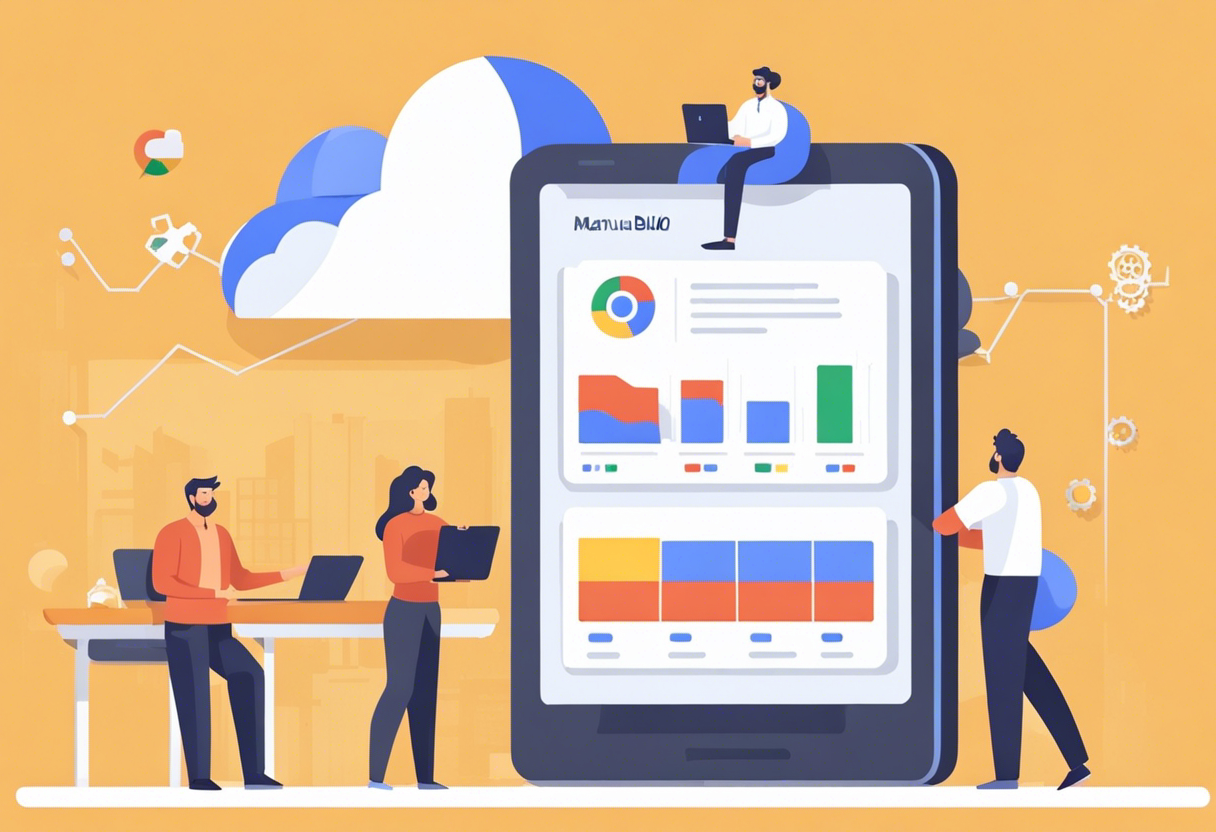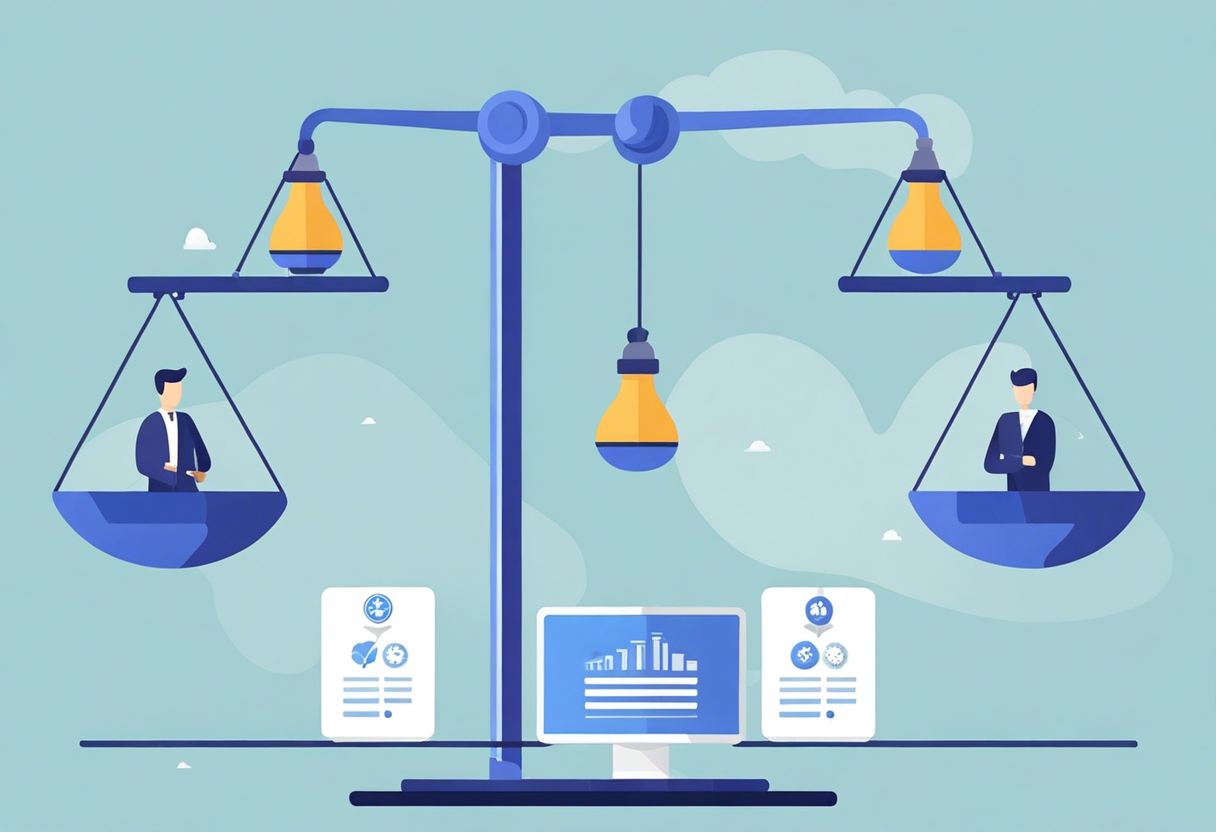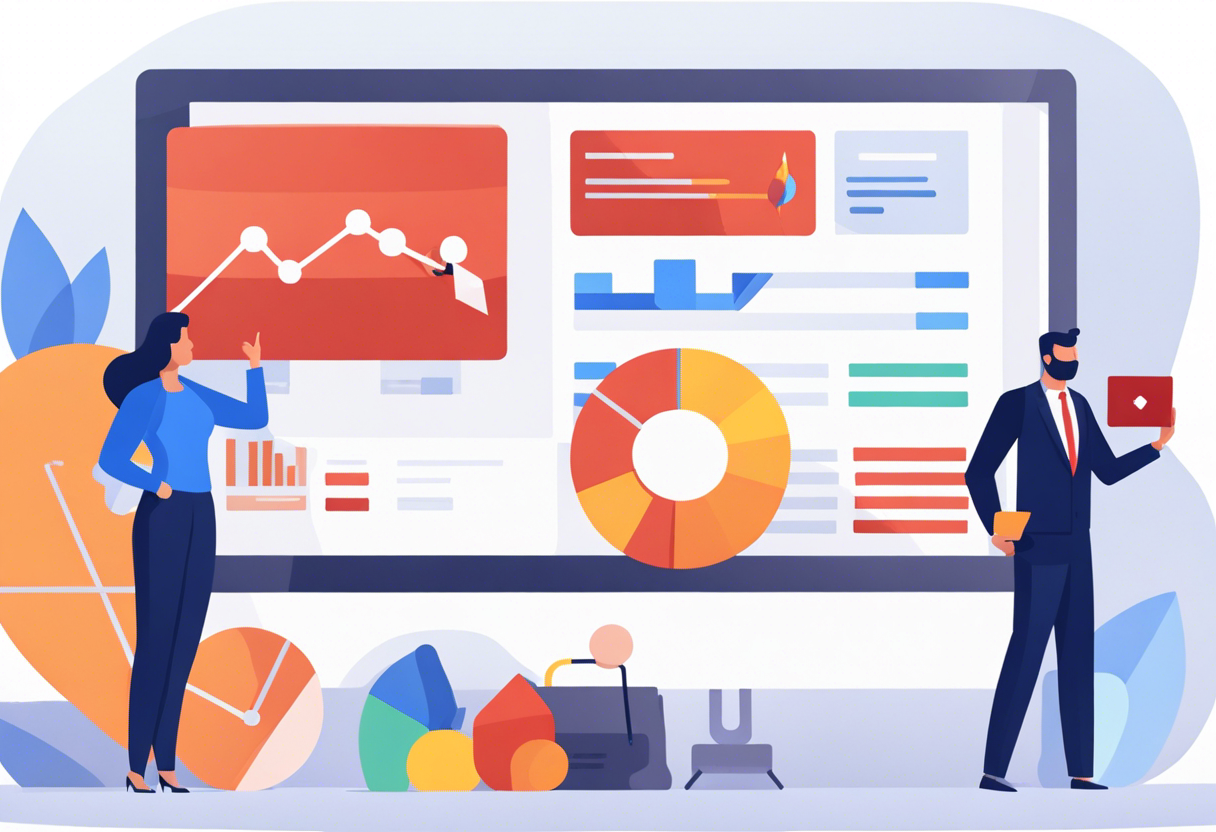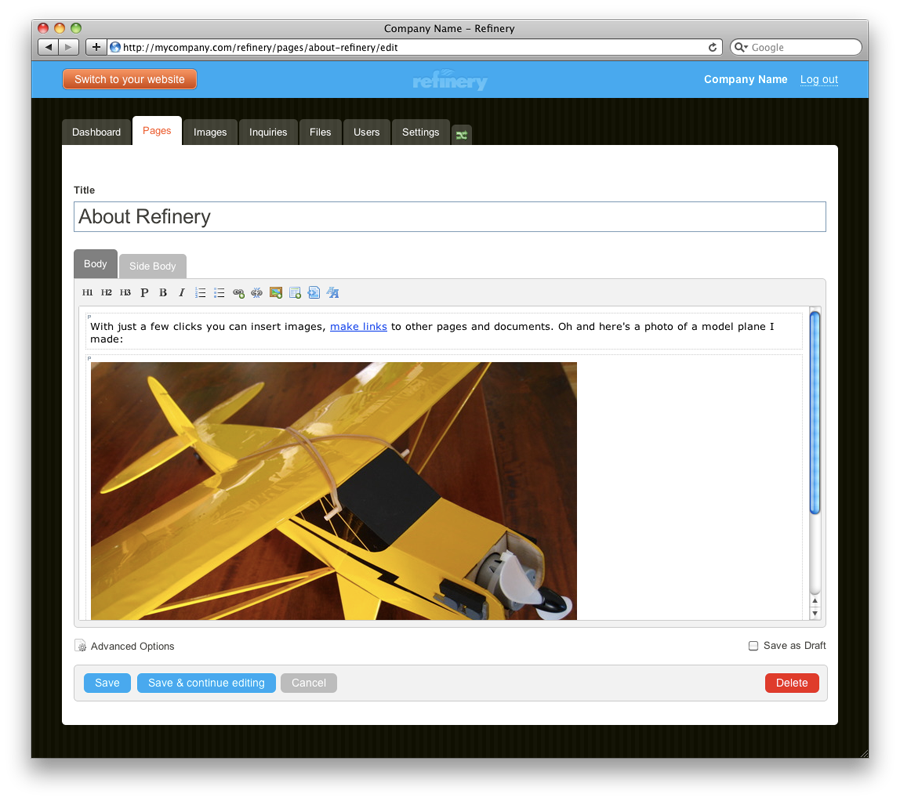Top Five Drawbacks of Manual Bidding in Google Ads: A Deep Dive into the Hidden Pitfalls
In the world of Google Ads, manual bidding seems an unmistakable choice to many – a way to maintain complete control over your ad spend. But, although it gives advertisers the power to set their own maximum cost per click, it can be a surprisingly time-consuming endeavor. Constant monitoring and adjustment of bid prices to maintain competitive positioning traps advertisers in an unavoidable vortex of time allocation. This intense focus on bidding strategy can detract from other crucial marketing tasks, such as ad creative and keyword analysis, thus undermining the efficiency of your operations.
Manual Bidding: Unpredictability and the Human Error Factor

Any manual process is fraught with the risk of human error. The same applies to manual bidding in Google Ads. Manual bidding can be highly unpredictable, reliant on the marketer's intuition and judgment, influenced by their subjective perceptions. This lack of data-based insights might lead to overbidding on less competitive keywords or underbidding on highly targeted ones, causing unwanted financial implications. This problem is accentuated during peak seasons when the bidding landscape can change rapidly and incisively, thus heightening the risk of costly errors.
Inflexibility: The Dark Side of Control

One of manual bidding's most prominent selling points is its ability to lend advertisers control. But, the flip side of this autonomy is inflexibility. Unlike automatic bidding strategies, manual bidding doesn’t react instantaneously to shifts in the bidding landscape. In an age where every second counts, even a delay of a few hours in response could lead to lost opportunities. This lack of campaign responsiveness can, subsequently, impede the progress of the advertiser's strategic goals.
Missing Out on AI Capabilities: The Untapped Goldmine

While maintaining control, manual bidding may blind advertisers to the power of artificial intelligence in optimizing ad spend. Google's AI uses real-time auction-time bidding, informing decisions based on extensive data about the user's context, to secure the best possible placement for your ads. Relying solely on manual bidding may inadvertently mean missing out on leveraging these AI capabilities, and this can potentially have a considerable adverse impact on your campaign's effectiveness.
Manual Bidding: Limited Scalability

As your marketing campaigns grow, they naturally become more complex and harder to manage. Manual bidding, with its heavy time and energy demands, can become unsustainable at scale. Mistakes become more common, and the costs of these errors can multiply. The challenge of scalability is possibly the most significant drawback of manual bidding, leading to a tipping point at which its costs (in wasted time and opportunity) exceed its benefits.
Manual Bidding: Ignoring the Big Picture

Even with a keen eye for detail, manually handling bidding can make you lose sight of the big picture. Manual bidding focuses on individual keyword performance, which can detract attention from overall campaign trends. This particular view might cause marketers to fail in capitalizing on broader market shifts and trends, or understanding how different keywords and ads interact in the grand scheme of their advertising efforts. Therefore, manual bidding, though seemingly appealing, can result in lost opportunities for holistic optimization.







